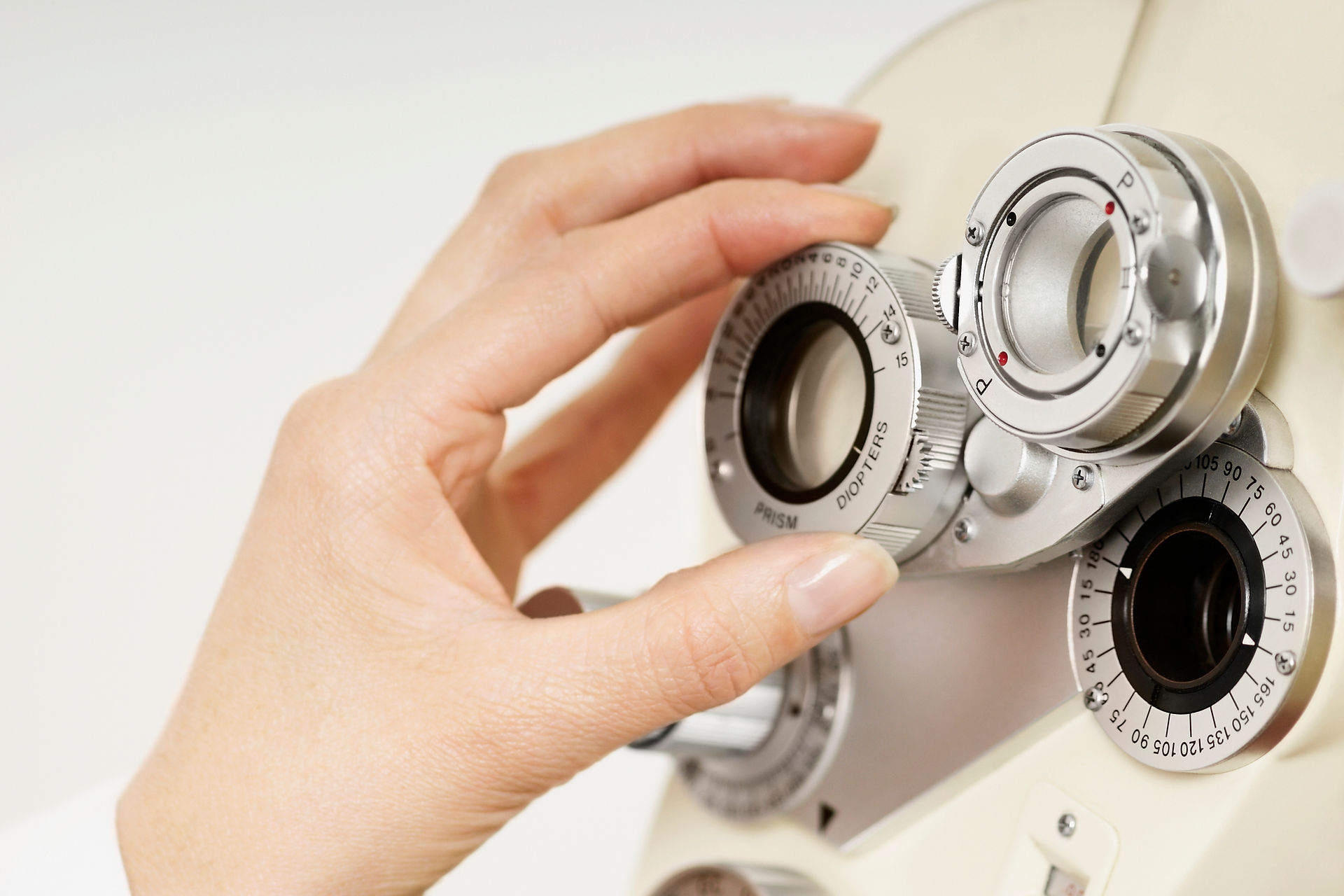Do You Have Dry Eye?
- designingfitness

- Dec 17, 2019
- 2 min read
Tear quality significantly affects the comfort and health of your eyes, and complications of dry eyes are becoming very common. Symptoms of dry eyes include dryness, grittiness, scratchiness, soreness, burning sensation, watering, eye fatigue, sensitivity to bright lights, and/or excessive mucus and irritation upon waking. You only need one of these symptoms to indicate that you may have dry eyes.
Poor tear quality impairs reading, computer usage, driving, television viewing, contact lens wear, adaptation to glasses prescriptions, and outdoor activities. Because the first layer of the eye is the tear film, if the surface is compromised, there can be reduced clarity when your doctor examines your eyes for a prescription. This can lead to incorrect numbers and result in many trips to your Optometrist to figure out why.
Meibomian Gland Dysfunction (MGD) is the primary cause of dry eyes. 85% of the population suffers from varying degrees of severity of MGD, and it is seen in young children through older adults. Meibomian Glands are located on the edge of both the upper and lower eyelids. They secrete a protective substance made of lipids, which keeps tears from evaporating too rapidly. When these glands become clogged, the protective layer is affected, tear quality is reduced, and eye health deteriorates.
Non-Invasive procedures can be used to restore the natural function of Meibomian Glands. Pharmaceutical intervention does not work, as it does not unclog these glands. Daily and sometimes twice-daily heat treatment and gentle pressure is applied, coupled with weekly in-office treatments to alleviate the condition. It can take anywhere from 5 to 20 in-office treatments to resolve dry eye.
Meibomian gland dysfunction is directly related to screen usage (cell phones, computer, TV, etc.). Spending time in front of screens can reduce the amount of proper blinking of the eyelids. Without fully and completely shutting the eyelid when blinking, this reduces the pressure needed to expel the liquid from the glands, which can then lead to dry eye.
Take the SPEED test to determine whether or not dry eye might be the culprit of your symptoms. Anything over 6 is considered suspect for this common but correctable problem. You can print out the test or mentally tally your results, and contact Childress Vision Clinic if you think you may have dry eye.
Here's to seeing clearly!
Dr. Carl

Comments